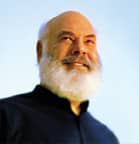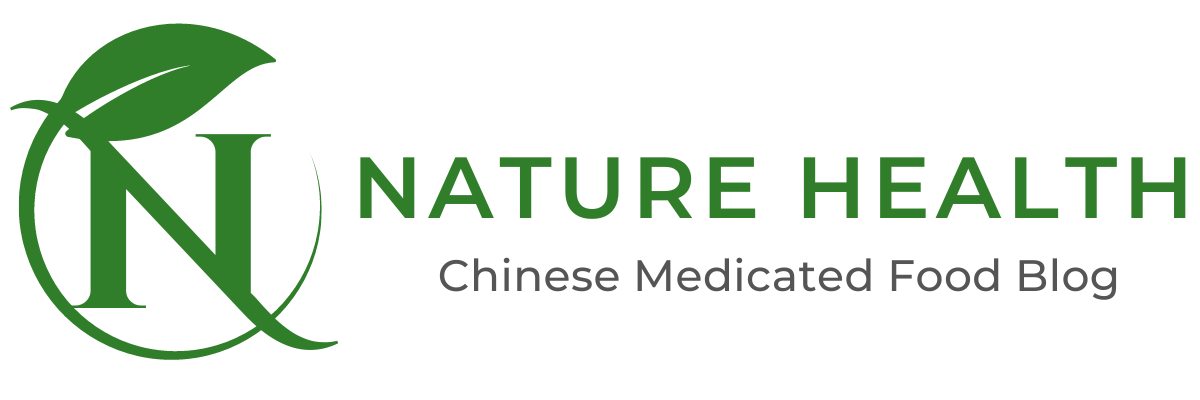 The topic of relaxation techniques is so important that I would appeal to the schools to start teaching relaxation techniques to the kids especially when they are young. Relaxation technique not only helped my heart SVT condition, and reducing palpitation triggers but also makes me feel more relaxed and composed in managing day to day challenges.
The topic of relaxation techniques is so important that I would appeal to the schools to start teaching relaxation techniques to the kids especially when they are young. Relaxation technique not only helped my heart SVT condition, and reducing palpitation triggers but also makes me feel more relaxed and composed in managing day to day challenges.
There are two things I like to share here, Deep Breathing and progressive muscle relaxation.
Deep Breathing
 If you are easily anxious like me, you will be able to find that deep breathing will help you a lot. The following exercise is extracted from Dr Andrew Weil’s material which have benefited me in reducing my rapid heart rates and anxiety.
If you are easily anxious like me, you will be able to find that deep breathing will help you a lot. The following exercise is extracted from Dr Andrew Weil’s material which have benefited me in reducing my rapid heart rates and anxiety.
The 4-7-8 (or Relaxing Breath) Exercise
This exercise is utterly simple, takes almost no time, requires no equipment and can be done anywhere. Although you can do the exercise in any position, sit with your back straight while learning the exercise. Place the tip of your tongue against the ridge of tissue just behind your upper front teeth, and keep it there through the entire exercise. You will be exhaling through your mouth around your tongue; try pursing your lips slightly if this seems awkward.
- Exhale completely through your mouth, making a whoosh sound.
- Close your mouth and inhale quietly through your nose to a mental count of four.
- Hold your breath for a count of seven.
- Exhale completely through your mouth, making a whoosh sound to a count of eight.
- This is one breath. Now inhale again and repeat the cycle three more times for a total of four breaths.
Note that you always inhale quietly through your nose and exhale audibly through your mouth. The tip of your tongue stays in position the whole time. Exhalation takes twice as long as inhalation. The absolute time you spend on each phase is not important; the ratio of 4:7:8 is important. If you have trouble holding your breath, speed the exercise up but keep to the ratio of 4:7:8 for the three phases. With practice you can slow it all down and get used to inhaling and exhaling more and more deeply.
This exercise is a natural tranquilizer for the nervous system. Unlike tranquilizing drugs, which are often effective when you first take them but then lose their power over time, this exercise is subtle when you first try it but gains in power with repetition and practice. Do it at least twice a day. You cannot do it too frequently. Do not do more than four breaths at one time for the first month of practice. Later, if you wish, you can extend it to eight breaths. If you feel a little lightheaded when you first breathe this way, do not be concerned; it will pass.
Once you develop this technique by practicing it every day, it will be a very useful tool that you will always have with you. Use it whenever anything upsetting happens – before you react. Use it whenever you are aware of internal tension. Use it to help you fall asleep. Everyone can benefit from it.
Progressive Muscle Relaxation
Commonly known as PMR, this exercise if practiced regularly, will help you be more relaxed generally. Most importantly, it will make you realise when your body starts to tense up and beginning to feel anxious. PMR has benefited me a lot and since I can feel that certain part of my body (shoulder and stomach etc) starts to tense, I can start to relax the muscles before my body starts to get overly anxious.
The only thing about this PMR is that you will need a lot of patience, because I only see results after I practice everyday consistently for 3 months! But it is worth the effort!
Click this link to see how you can do this PMR.
